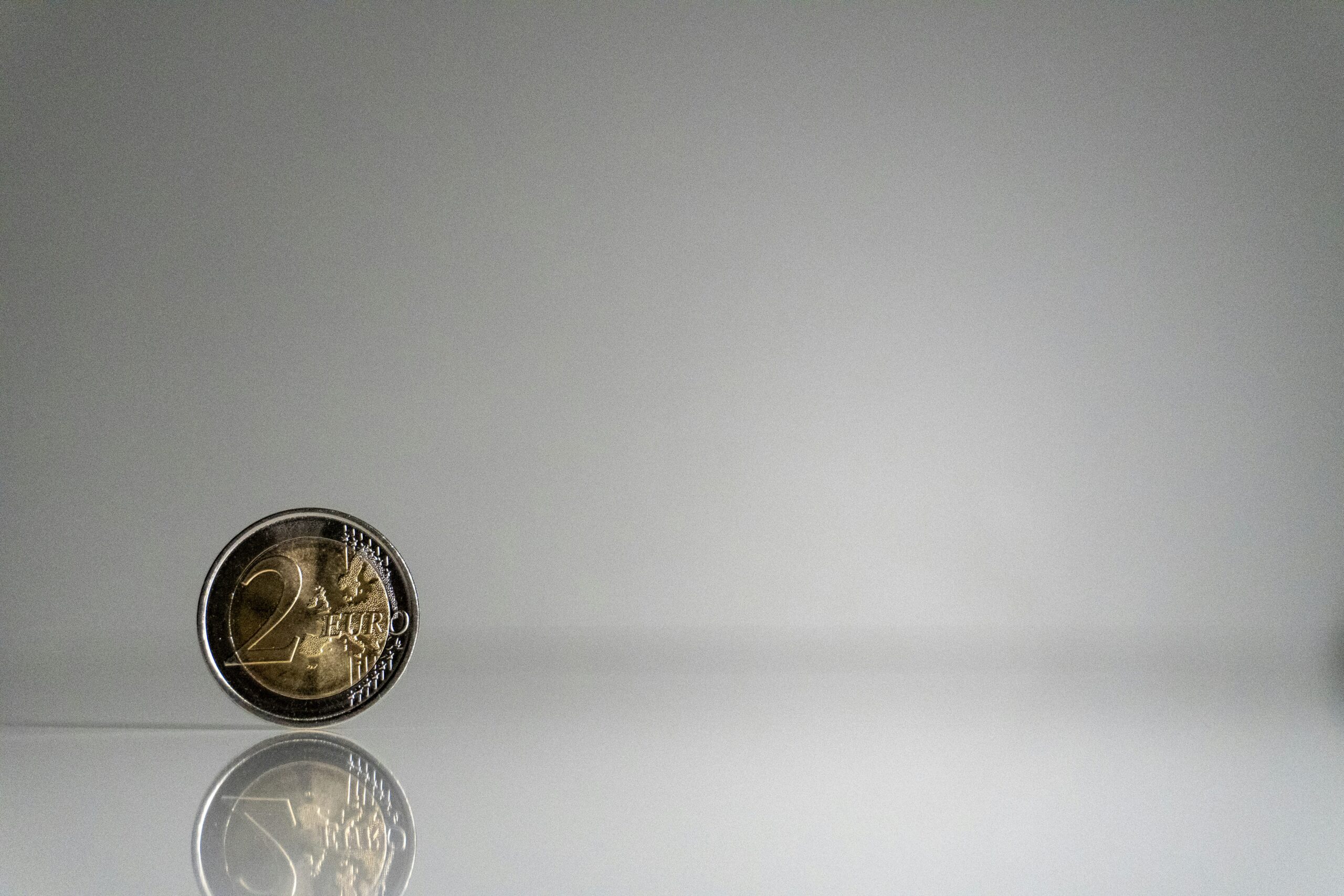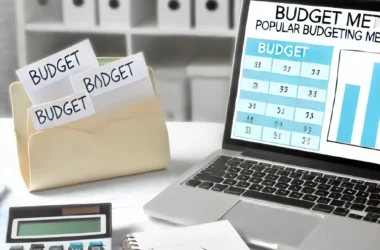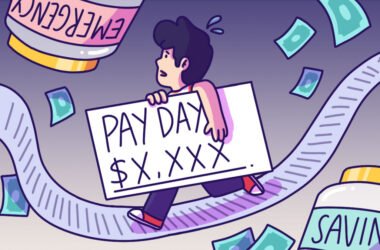In today’s volatile economic landscape, high inflation has become a major concern for young professionals and families alike. Prices for everyday essentials—from groceries to housing—are climbing, and it’s becoming increasingly important to find effective ways to manage finances. Crafting a budget that accounts for these rising costs can help ease the financial pressure and provide a clearer path forward.

This article will break down smart budgeting strategies for dealing with inflation while maintaining a clear, actionable, and relatable approach. Whether you’re a young professional trying to stretch your paycheck or a family navigating fluctuating expenses, these tips are designed to help you weather the storm of rising prices.
What Is Inflation and How Does It Affect Your Budget?
Inflation refers to the general increase in prices over time, leading to a decrease in purchasing power. For example, the money you used to spend on groceries a year ago may not cover the same items today. While inflation is a natural part of the economic cycle, high inflation can rapidly diminish your savings and challenge your financial plans.
In a high-inflation environment, maintaining the same standard of living becomes more expensive, but with a well-thought-out budget, you can mitigate these effects and still meet your financial goals.
Step 1: Track Your Expenses Religiously
The first step in any successful budgeting strategy, especially during inflationary periods, is to track your expenses. It’s easy to lose track of how small, frequent purchases add up. The key is to break down your expenses into categories:
- Housing (rent or mortgage)
- Groceries and utilities
- Transportation
- Healthcare
- Debt payments
- Discretionary spending (entertainment, dining out, etc.)
Use budgeting apps or simple spreadsheets to monitor your spending habits over a month or two. This will give you a clear picture of where your money is going and where you can potentially cut back.
Step 2: Prioritize Needs Over Wants
Inflation forces tough choices. Prioritize needs over wants by distinguishing between essentials like rent, utilities, and groceries, and non-essentials like dining out, entertainment, or subscriptions. A common budgeting rule is the 50/30/20 method:
- 50% of your income for necessities (needs)
- 30% for discretionary spending (wants)
- 20% for savings or debt repayment
With inflation pushing up the cost of necessities, you may need to shift this balance, such as allocating 60% for needs and cutting back on wants.
Step 3: Look for Side Hustle Opportunities
When inflation cuts into your disposable income, side hustles can be a lifesaver. Finding additional sources of income can help fill the gaps created by rising costs. Whether it’s freelance work, selling handmade goods online, or even renting out a spare room, there are plenty of options to explore.
Consider these side hustle ideas:
- Freelancing in your area of expertise (writing, graphic design, marketing)
- Becoming an Uber or food delivery driver
- Selling products through platforms like Etsy or eBay
- Offering tutoring or coaching services
Extra income generated through these means can be funneled toward your savings or used to offset inflated living costs.
Step 4: Adjust Your Savings Goals
It’s important to stay committed to your savings goals, but with rising prices, you may need to adjust your expectations. Reevaluate your savings targets based on current inflation rates and focus on maintaining an emergency fund of 3 to 6 months of living expenses.
Additionally, consider high-yield savings accounts or inflation-protected securities (like I-bonds) to ensure your savings are growing at a pace that at least partially offsets inflation.
Step 5: Reassess Your Spending Habits
High inflation can serve as an opportunity to reflect on your spending habits. Do you really need that gym membership, or could home workouts suffice? Can you switch to generic brands for groceries or household goods?
Adopting a more frugal mindset and learning to distinguish between value and luxury is key to surviving inflation. Small changes—like cooking at home more often or cutting out non-essential subscriptions—can make a big difference in your overall budget.
Step 6: Leverage Technology and Resources
Technology can be your best friend when it comes to managing inflation’s effects on your budget. Utilize budgeting tools like Mint, YNAB (You Need A Budget), or even Google Sheets to keep track of expenses, set alerts for bills, and monitor cash flow in real time.
Similarly, stay informed about inflation trends and financial advice through blogs, podcasts, and news outlets. Being well-informed allows you to make smarter financial decisions that align with economic conditions.
Case Study: How One Family Tackled Inflation
Take the case of the Martins, a young family of four living in a suburban area. When inflation hit, their grocery bill ballooned by 20%, and energy costs skyrocketed. By reworking their budget, they identified areas to cut back, like canceling streaming services and reducing takeout meals. They also started using cashback apps for grocery shopping, which saved them about $100 monthly.
To increase their income, both parents took on side hustles. The father, who worked in IT, began freelancing in the evenings, while the mother started an online craft store. Their combined efforts allowed them to not only cover their expenses but also boost their savings during this challenging period.
Stay Resilient in a High-Inflation Economy
Budgeting in a high-inflation economy can be challenging, but it’s not impossible. By tracking expenses, prioritizing needs over wants, exploring side hustles, and leveraging technology, you can maintain control over your finances. Remember, the goal is not just to survive inflation but to find ways to thrive despite it.
In times of economic uncertainty, staying informed and flexible in your financial approach will ensure that your budget remains resilient. Start implementing these strategies today and pave the way for a more financially secure tomorrow.
Looking for more ways to improve your financial knowledge? Check out our guide on managing debt for actionable insights.
Don’t forget to explore our other articles on personal finance to continue your journey to financial success.








